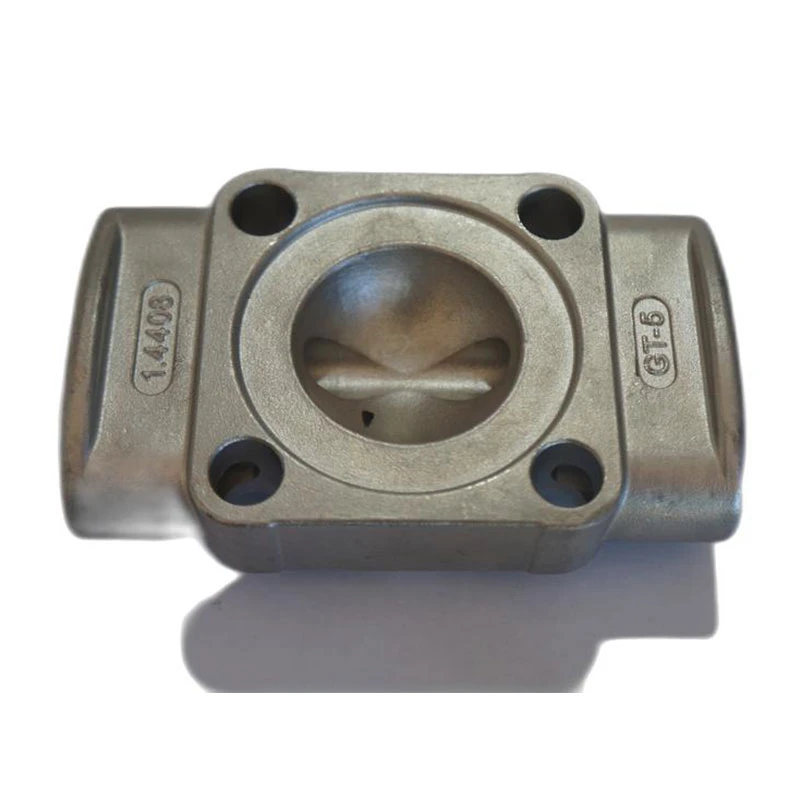Exploring the Techniques and Advantages of Sand Casting in Metal Production
Sand Cast Metal An Overview of a Timeless Technique
Sand casting is one of the most ancient and versatile methods of metal fabrication. With roots tracing back thousands of years, this technique has remained relevant in modern manufacturing due to its adaptability and the unique properties it imparts to cast metal products. In this article, we will explore what sand casting is, how it works, and some of its key applications and benefits.
What is Sand Casting?
Sand casting involves creating a mold from sand in which molten metal is poured to create a desired shape. The process begins with the preparation of a sand mixture, typically comprising silica sand, clay, and water. The mixture is molded around a pattern that depicts the object to be cast. This pattern can be crafted from various materials, including wood, plastic, or metal, and it is essential in defining the cavity that will hold the molten metal.
The Process
The sand casting process consists of several distinct steps
1. Pattern Creation The first step in sand casting is creating a pattern, which reflects the final shape of the metal object. This pattern should account for shrinkage and any necessary allowances.
2. Mold Making The next step involves placing the pattern in a molding box and packing the sand mixture around it. Once the sand is compacted, the pattern is removed, leaving an impression in the sand. This impression will serve as the cavity for the molten metal.
3. Core Making (if necessary) For hollow castings, cores made of sand or other materials are inserted into the mold. Cores create internal cavities in the final product.
4. Pouring the Metal After preparing the mold, molten metal is poured into the cavity through a gating system. The metal needs to be heated to its melting point, which varies based on the type of metal being cast.
sand cast metal

5. Cooling Once the mold is filled, the molten metal is allowed to cool and solidify. This cooling process can take anywhere from a few minutes to several hours, depending on the metal and the size of the casting.
6. Removing the Casting After cooling, the sand mold is broken away to reveal the cast metal object. The surfaces may have some roughness due to the texture of the sand, which can be removed through finishing processes.
Advantages of Sand Casting
One of the significant advantages of sand casting is its ability to produce complex shapes that would be difficult or impossible to achieve with other methods. The process is highly versatile and can accommodate metals ranging from aluminum and iron to magnesium and copper alloys.
Moreover, sand casting can handle large parts, making it an ideal choice for applications in industries such as automotive, aerospace, and industrial equipment. The cost-effectiveness of sand casting is another significant advantage. The material (sand) is inexpensive and readily available, and the patterns can be reused multiple times.
Another critical benefit is the excellent thermal properties of sand, which ensure that mold integrity is maintained even at high temperatures. This results in better dimensional accuracy and surface finish in many cases.
Applications
Sand casting is widely used in various industries. In the automotive sector, it is employed to manufacture engine blocks, housings, and other components. The aerospace industry utilizes sand casting to create intricate and lightweight components, ensuring high performance and safety standards. Additionally, sand casting is essential for producing tools, pumps, and valves used in many industrial applications.
Conclusion
In conclusion, sand casting remains an essential method of metal fabrication, merging ancient techniques with modern applications. Its versatility, cost-effectiveness, and ability to create complex shapes make it a preferred choice for various industries. As technology advances, sand casting will likely continue to evolve, ensuring its place in the world of metal manufacturing for years to come. Whether for art, industry, or technology, the legacy of sand cast metal is a testament to human ingenuity and adaptation.
-
Top Extras Casting Solutions Die Casting and Sand Casting Experts High-Quality Casting and Die Casting ServicesNewsJun.10,2025
-
Top SS Casting Manufacturer Aluminum Die Casting Manufacturer China Precision Die Casting Company SupplierNewsJun.10,2025
-
High-Quality Brass Casting Sand for Precision Sand Casting Brass at HomeNewsJun.10,2025
-
Affordable Aluminum Sand Casting Solutions Custom PartsNewsJun.09,2025
-
High-Quality China Sand Casting Services Cost-Effective & ReliableNewsJun.09,2025
-
Premium Hot Stamping Parts Durable Plastic Decor SolutionsNewsJun.09,2025















